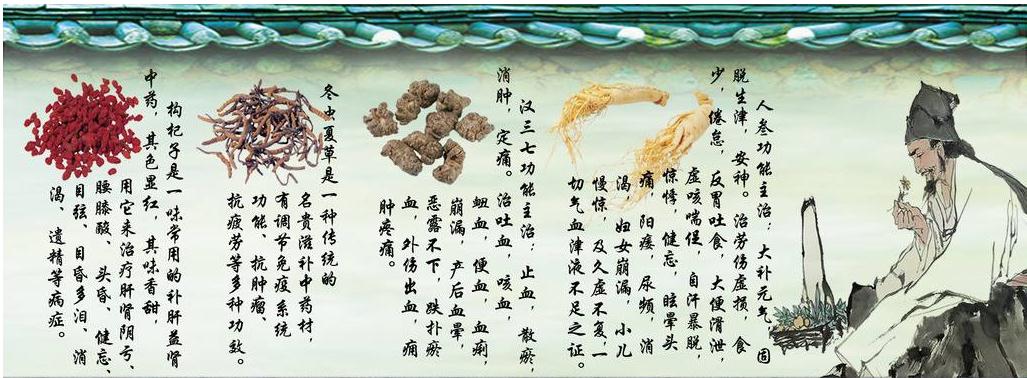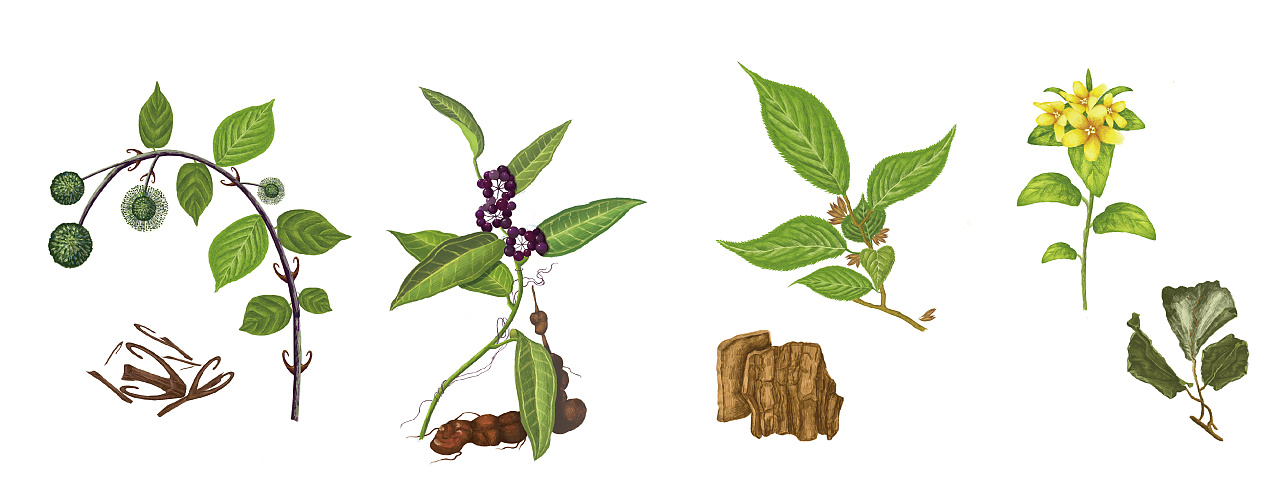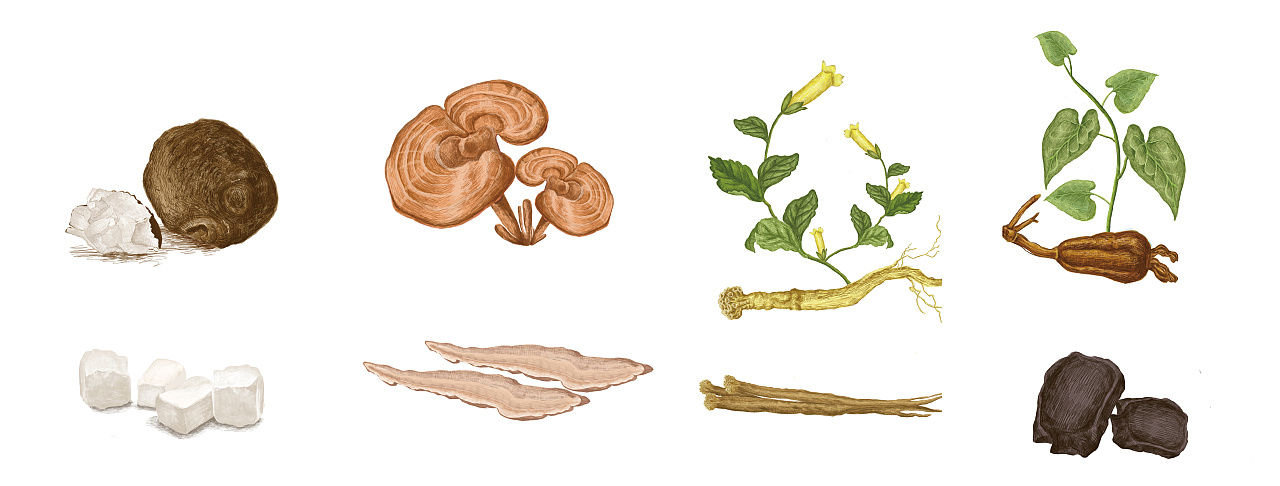General knowledge of pig diarrhea
Conceptual diarrhea means that the number of defecation is increased more than normal, and the faeces are thin as a congeal or water sample, with mucus or even blood. Principles After a healthy pig eats, it is digested by the gastrointestinal tract and discharged to the anus from the anus. It normally takes 18 to 36 hours. During diarrhea, the time for food to stay in the gastrointestinal tract is greatly shortened due to the acceleration of gastrointestinal motility. Normal pigs defecate 5 to 6 times a day, and during diarrhea, they defecate dozens of times a day. Diarrhea is a common and frequently-occurring disease of pigs. It is caused by a variety of harmful factors (including bacteria, viruses, toxic substances, non-digestible feed, cold and heat of the climate, and stimulation of certain chemical factors). Nerve reflex causes increased bowel movements, resulting in rapid passage of food through the intestine, accompanied by increased mucosal excretion of water and increased secretion of mucus, thus reducing intestinal contents. Therefore, diarrhea is not a bad thing. It is a defensive function and has a protective significance. If the toxic substances in the gastrointestinal tract cannot be rapidly excreted through diarrhea, absorption by the body can cause more serious consequences. However, severe and persistent diarrhea can lead to digestive disorders, nutritional malabsorption, massive loss of water and electrolytes, and sick pigs may die from dehydration and acidosis. Common Causes of Infectious Disease Common viral diseases include rotavirus infection, viral diarrhea, swine fever, adenovirus and herpes virus infections. Bacterial diseases include Escherichia coli, Salmonella, Clostridium perfringens, Treponema, benthic, and the like. Parasites, sexual diseases mainly refer to intestinal parasites, such as nematodes, whipworms, and coccidiosis. General medical diseases can induce or directly cause diarrhea in piglets caused by adverse environmental, feed quality, and toxic substances. Among the above-mentioned pathogenic factors, the incidence of infectious diseases is the highest and the harm is the most serious. They can be both primary and secondary infections, and parasites and general medical conditions are often predisposing factors for diarrheal diseases. Impact: acute enteritis severe diarrhea, sick pigs showed elevated body temperature, mental depression and a series of systemic symptoms; chronic enteritis is due to intestinal gland atrophy, muscularis replaced by connective tissue, secretion, motility can be weakened, can cause indigestion and weight loss. Long-term or severe diarrhea, resulting in a large number of intestinal fluid, pancreatic juice, potassium, sodium loss, reduced reabsorption caused by dehydration, electrolyte loss and acid-base balance disorder. Intestinal barrier dysfunction and autotoxicity. Acute enteritis, especially duodenal inflammation, mucous membrane swelling, bile duct obstruction, bile can not be discharged into the intestine, bacteria can multiply, produce toxins, combined with mucosal damage, can absorb toxins into the blood circulation, cause Self poisoning. When chronic enteritis occurs, bowel movement and secretion are weakened, and gastrointestinal contents are stagnated, causing fermentation, spoilage, decomposition, and production of toxic substances that are absorbed into the blood and become poisoned. Prevention Principles (1) Immunization Diarrhea caused by infectious diseases can be prevented by immunization. If sows are vaccinated to obtain higher maternal antibodies, piglets can be passively immunized with milk, and piglets can also be directly inoculated to gain active immunity. (2) Specific therapies High-immune serum or healed serum against an infectious disease can be used for emergency prevention or treatment. Because these products are only effective for a specific infectious disease, but not for other diseases, it is called specific therapy. (3) Antibacterial Drug Therapy Antibacterial drugs are mainly used for the prevention and treatment of bacterial infections, but they can also play a role in preventing secondary bacterial infections in viral infections. The use of physical properties is the most common conventional method for the prevention and treatment of diarrhea in piglets. (4) symptomatic therapy According to the changes in the disease and the physical condition of the sick pig, symptomatic treatment should be promptly taken, including diarrhea, convergence, cardiac stimulation, rehydration, correcting acidosis and other measures, the most important of which is rehydration. Because diarrhea disease pigs lose not only water but also many salts, it is important to note this when rehydration.
Chinese Herbal Medicine (English name: Chinese herbal medicine): Chinese medicine is mainly composed of botanical medicine (root, stem, leaf, fruit), animal medicine (viscera, skin, bone, organs, etc.) and mineral medicine. Because botanical medicine accounts for the majority of Chinese medicine, Chinese medicine is also called Chinese herbal medicine.
There are about 5,000 kinds of Chinese medicines used in various parts of China, and there are countless prescriptions made by combining various medicinal materials. After thousands of years of research, an independent science, Materia Medica, has been formed. Various medical schools in China have set up the course of natural medicine, which is called the Chinese herbal medicine.
The concept of plant extracts can be accepted and recognized by various countries, and it is also a common expression used to spread herbal medicines in various countries. The export value of plant extracts in China exceeded the export value of Chinese patent medicines as early as 1999. In European and American countries, plant extracts and their products (plant medicines or food supplements) have a broad market prospect, and have developed into an emerging industry with annual sales of nearly 8 billion US dollars.
The plant extracts in China are generally intermediate products, which are widely used, mainly used as raw materials or auxiliary materials for medicines, health foods, tobacco, cosmetics, etc. There are also many kinds of raw material plants used for extraction, and there are more than 300 plant varieties that are extracted industrially.
Chinese Herbal Medicine China Herb,Best Chinese Herbs,Chinese Healing Herbs,Chinese Herbal Medicine Guangzhou Zhongzhinan Supply Chain Co.,Ltd. , https://www.gzzhongzhinan.com



